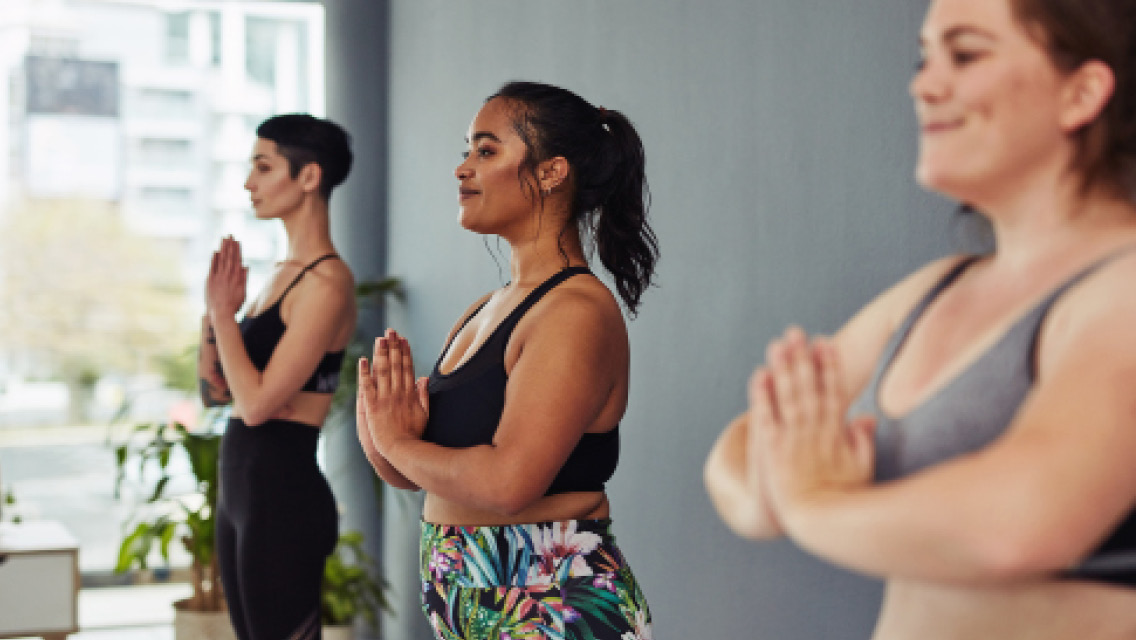Virtually everyone striving to get into better shape stands to benefit from breaking down their long-term fitness goals into smaller, progressive training segments. Why not launch your periodization plan now? Summer is an excellent time to start a program that peaks in late fall, just in time for the important road races.
Phase 1: High Volume, Low Intensity
Regardless of the events you’re training for (or whether you’re training for an event at all), start with a four-to-six week mesocycle (medium-length cycle) of high-volume, low-intensity workouts. This is the time to establish a base level of conditioning to increase your tolerance for more intense training later. But this doesn’t mean you’ll be doing easy, kickback workouts during this phase. On the contrary, this is the time for circuit training, body toning, step aerobics and other high-volume, calorie-consuming training sessions that keep your heart rate at 60 to 80 percent of your maximum for 60 minutes or longer.
Although you’re not training with heavy weights or racing at top speed, this type of extended workout can exhaust you. That’s why you would never want to do such high-volume training in the middle of your sports season (when you’re focused on performance and need your energy for competition).
For aerobic athletes, a high-volume workout involves longer distances at a slower pace. For lifters, it means 12 to 15 repetitions at about 50 percent of your one-repetition maximum. Focus on endurance exercises such as pull-ups, pushups, sit-ups and walking lunges. Then, between sets, instead of resting, run around the track to improve your stamina.
Phase 2: Moderate Volume, Moderate Intensity
After four to six weeks of high-volume endurance training you’ll be ready to ratchet down the volume of work and pick up the intensity. During this second mesocycle you’ll turn your attention toward building absolute strength. This is a good time for runners to add tempo runs and interval training to their weekly routine. Lifters can drop their reps to eight to 10 and increase their weight proportionally. Add a two minute rest period between sets and concentrate on structural exercises such as squats, dead-lifts and the bench press.
Phase 3: High Intensity, Low Volume
As your sports season approaches, you will start shifting your emphasis away from workout magnitude and more toward skill-specific, power-related exercises. This is the time to head for the track to work on your speed and stride. You might include plyometric drills and anaerobic sprints. Workout sessions become short, very intense and geared toward developing speed, balance and agility. You’ll be working at or near race-pace.
Lifters should concentrate on explosive lifts such as the push jerk, snatch and power clean. Your reps should drop to about three to five and your weight should increase to 80-to-90-percent of your one-repetition maximum. Rest periods can extend two to five minutes. Concentrate on the core lifts and focus on form and explosive power rather than absolute strength or endurance.
Phase 4: Active Rest
After the sport season, or perhaps your last fitness assessment for the year, take time to rest by engaging in fun sports and a new emphasis in exercise activities. If you’re a runner, try cycling for the next few weeks. If you’re a lifter, go take a yoga class. The change allows your body time to recover and get ready for the next macrocycle, when the training year begins all over again, but this time, at a higher level.
This article originally appeared as “Practicing Periodization” in the July/August 2003 issue of Experience Life.


This Post Has 0 Comments